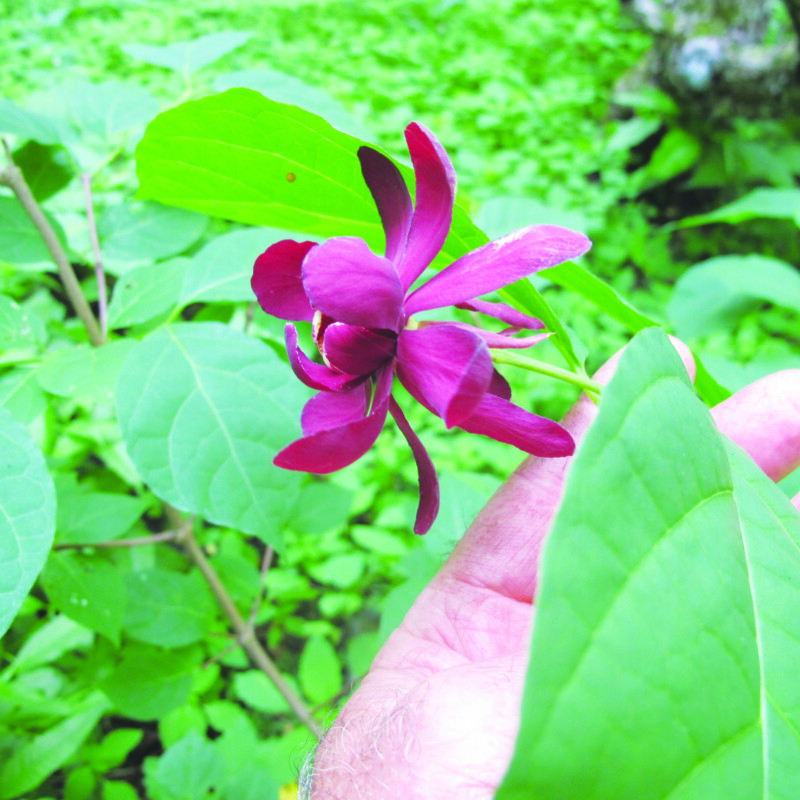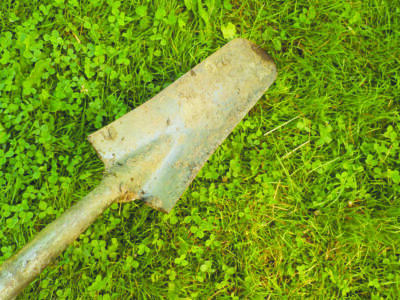Independence Day celebrations across the Granite State
Compiled by Katelyn Sahagian
[email protected]
Whether it’s a cookout, parade or celebration, towns and cities across New Hampshire want to make sure their residents have their Fourth of July go out with a bang.
• Amherst Fourth of July celebration Two days’ worth of celebration and entertainment, featuring fireworks, a festival on the town green, and a parade with classic cars competing for awards. When: Monday, July 3, festivities begin at 5:30 p.m. with fireworks. A second day of festivities, including the parade and festival, begins Tuesday, July 4, at 9 a.m. Where: July 3 events at Souhegan High School, 412 Boston Post Road. July 4 parade leaves opposite the Wilkins School, 80 Boston Post Road. Visit: amherstnh4th.org
• Brookline fireworks uesday, July 4, around 9 p.m. Where: The fireworks will be over Lake Potanipo, Max Cohen Memorial Grove, 3 Mason Road. Visit: brookline.nh.us
• Canobie Lake Park fireworks Stick around after a day at the amusement park for fireworks over the lake. The fireworks show is timed to patriotic music and the amusement park recommends viewers watch them by the daVinci’s Dream ride.When: Friday, June 30, through Tuesday, July 4, 9:15 p.m. Where: Canobie Lake Park, 85 N. Policy St., Salem Visit: canobie.com
• Derry fireworks Tuesday, July 4, approximately 8:45 p.m. Where: Best viewing areas are Hood Commons, Crystal Avenue and Tsienneto Road Visit: derry-nh.org
• Hopkinton Fourth of July Family Fun Day Featuring a kiddie and main parade, family games, live music and a cookie bake-off When: Tuesday, July 4, cookie competition dropoff is from 9 to 11 a.m., kiddie parade begins at 11:30 a.m., main parade begins at noon and competition results are at 2 p.m. Where: Parades begin at Hopkinton High School (297 Park Ave., Contoocook), then proceed through Fountain Square toward Contoocook Village Cemetery. Other festivities held at Houston Park, 41 Houston Drive, Hopkinton. Visit: hopkintonrec.com
• Laconia celebration and fireworks Laconia will be holding a parade and a festival full of vendors and live music on top of the spectacular fireworks show. When: Sunday, July 2. The parade will start at 4:30 p.m., the band will start playing after, and fireworks will begin at 10 p.m. Where: The parade will start at the Laconia High School, 345 Union Ave., and end at Opechee Park, 915 Main St. Visit: laconianh.gov
• Manchester Independence Day celebration Enjoy fireworks, live music and food vendors. When: Monday, July 3. Live music starts at 7 p.m.; fireworks begin at 9:30 p.m. Where: Arms Park, 10 Arms St. Visit: manchesternh.gov
• Merrimack Fourth of July festivities A weekend-long celebration featuring fireworks, live music, a road race, a pancake breakfast and much more. When: The Merrimack Concert Association’s annual Patriotic Concert in the Park will be held Monday, July 3, from 6:30 to 8:30 p.m. The annual Merrimack Sparkler 5K Road Race will begin at 8 a.m. on Tuesday, July 4. The Merrimack Rotary Club Pancake Breakfast will be held from 8 to 11 a.m. A parade will begin at 1 p.m. and fireworks will begin at 9 p.m. Where: Holiday concert at Abbie Griffin Park. Road race begins and ends at Merrimack High School, 38 McElwain St. Pancake breakfast and fireworks are also at Merrimack High School. The parade will start at the Commons Shopping Plaza, 515 Daniel Webster Hwy. Visit: merrimackparksandrec.org
• Milford Star Spangled 5K Deck out in red, white and blue to show your patriotism at this race. There’s also a free fun run for kids ages 12 and younger. When: Saturday, July 1. Race starts at 8:30 a.m., check-in at 7:30 a.m. Where: Keyes Memorial Park, Elm Street Price: registration costs $30 for those 13 and older, $10 for 12 and youngerVisit: milford.nh.gov
• Nashua Fourth of July celebration Fireworks, live music and hall of fame inductions. When: Tuesday, July 4, children’s activities from 10 a.m. to 1 p.m., concert at 6 p.m. featuring The Slakas. Fireworks begin at dusk. Where: Holman Stadium, 67 Amherst St. Visit: nashuanh.gov
• New Boston Fourth of July celebration Featuring a parade, live music, a barbecue, ax throwing and the firing of the historic Molly Stark cannon. When: Tuesday, July 4, parade begins at 10 a.m., fairgrounds will open at 4 p.m., opening ceremonies are at 5 p.m., and the fireworks will start at 9:30 p.m. Where: Parade begins at the top of High Street and will end at the grounds of the Hillsborough County Youth Center Foundation, off River Road. Visit: newboston4thofjuly.org
• Raymond Fourth of July celebration 21th annual Fourth of July parade will have floats, horses, antique cars, clowns and more. When: Tuesday, July 4, parade at 9:30 a.m. Where: Parade proceeds from Route 27 (Epping Street) to the Raymond Town Common, onto Old Manchester Road and to Wight Street. Visit: raymondareanews.com
• Salem Independence Day celebration Featuring live music, food trucks, face painting, fireworks, a beer garden and more.When: Monday, July 3. Kids’ activities and food trucks will be open from noon to 9 p.m., fireworks will start at dusk. Where: The event this year is taking place at Tuscan Village, 9 Via Toscana. Visit: townofsalemnh.org
• Weare patriotic celebration fireworks Enjoy fair food, live music, and carnival rides before the fireworks start. When: Fireworks begin at 9:15 p.m. Where: Center Park, North Stark Highway, Weare Visit: fb.me/e/2VVetdx9S
• Windham fireworks The Windham High School band will play a patriotic concert and there will be a selection of vendors selling all kinds of wares before the fireworks light up the sky. When: The parking lot opens at 5:30 p.m., the band starts at 7:15 p.m., fireworks at 9:30 p.m. Where: Windham High School, 64 London Bridges Road. Visit: windhamnh.gov






